The summer of 2011-2012 was hot and wet. Great for frogs, insects, reptiles and all sorts of things. I had the good fortune to be invited on a dragonfly-hunting expedition to some rarely-flowing creeks near Rockmount, just down the hill to the east of Toowoomba.
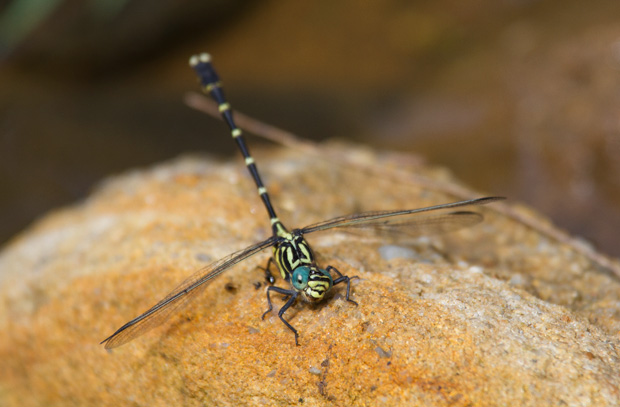
Jade Hunter (Austrogomphus ochraceus). Challenging the intruder to his patch of creek, or just curious? All photos Robert Ashdown.
Rod Hobson and Barry Kenway — fans of the fluttering insects belonging to the order Odonata — were spotting species that hadn’t been seen locally for a while, or at all. They were especially keen to spot some ‘rockmasters’ — large and spectacular damselflies.
The creeks were alive with insect life, and it was very enjoyable just sitting with the camera trying to snare images of things as they flashed past.
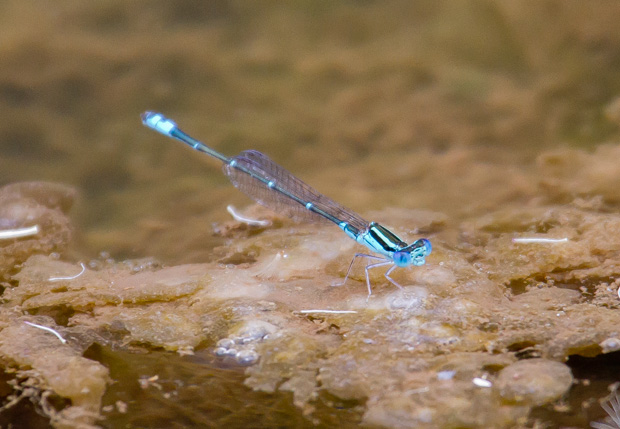
The Eastern Billabongfly (Austroagrion watsoni) is a damselfly. The order of primitive insects known as the Odonata is divided into two sub-orders — the damselflies (Zygoptera) and the dragonflies proper (Epiproctophora or Anisoptera).
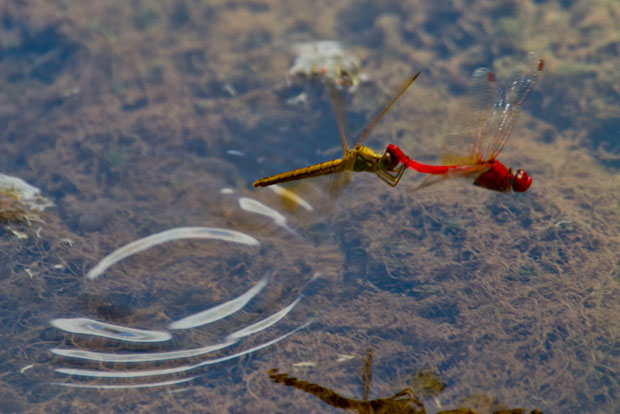
Scarlet Perchers (Diplacodes haematodes). After mating some dragonflies remain joined and egg-laying is completed in tandem. Dragonfly females lay from 400 to 2000 eggs (depending on species).
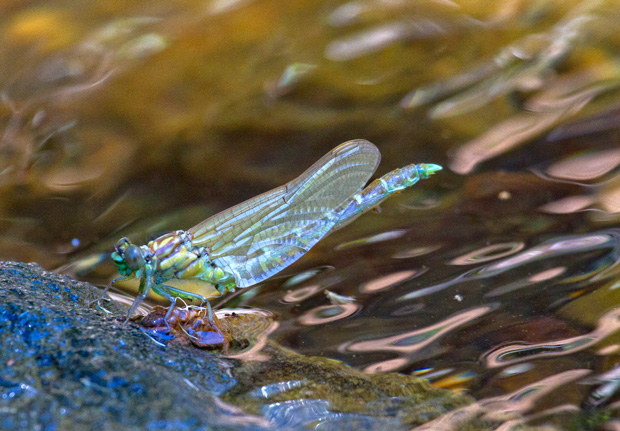
A newly-emerged adult dragonfly (the brown ‘shell’ of the larvae — or exuvia — can be seen below). The adult has taken about an hour to emerge, but will then only stay around long enough for its wings to dry. Adults usually live from one to three months.
All very nice, but what about the elusive rockmasters? In the end we found two species — the Arrowhead and the Sapphire Rockmaster. There are only five species of these large damselflies in Australia.
It was a challenge and a joy trying to capture images of these dazzling blue jewels as they patrolled their territories.

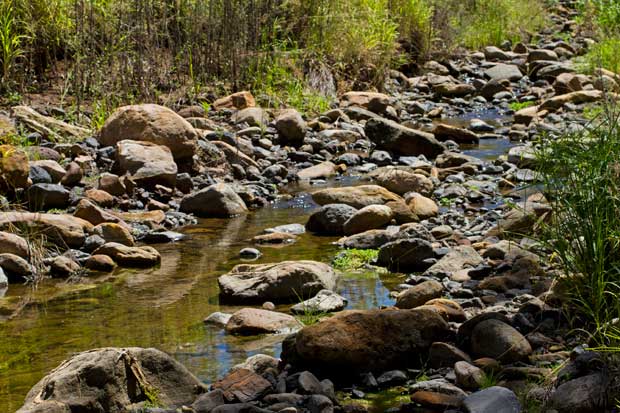
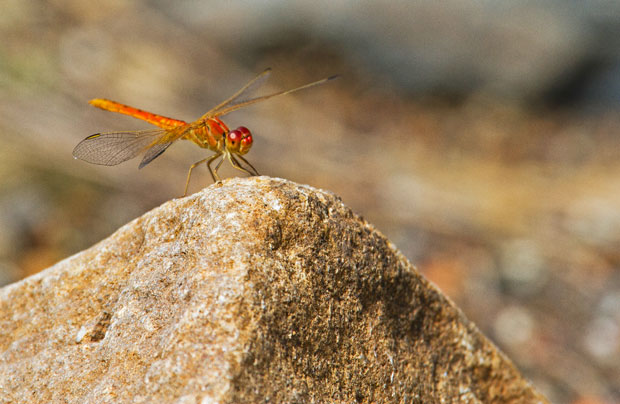
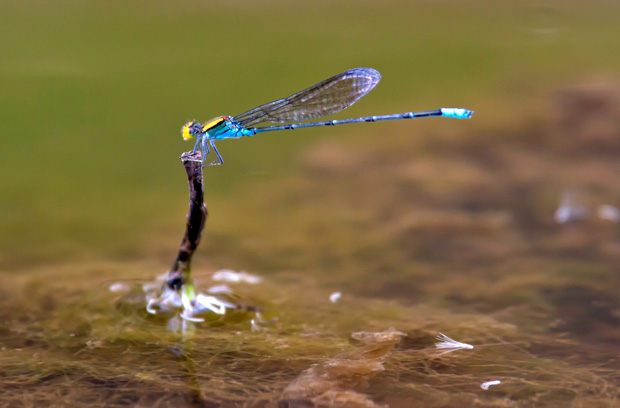
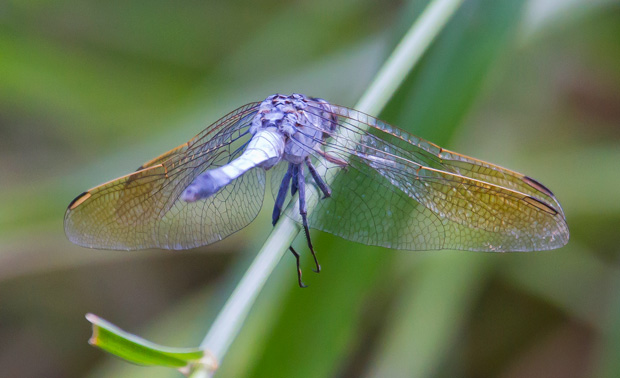
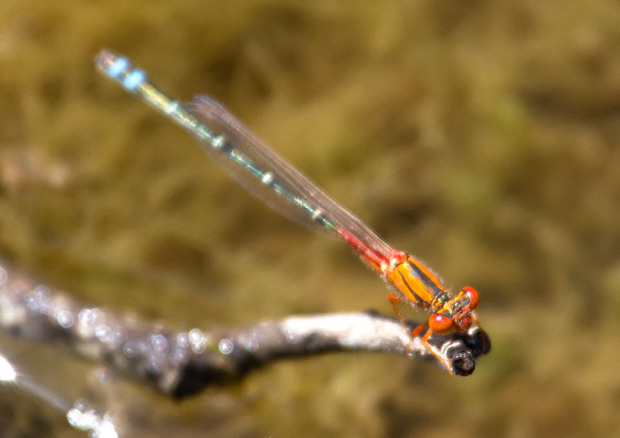
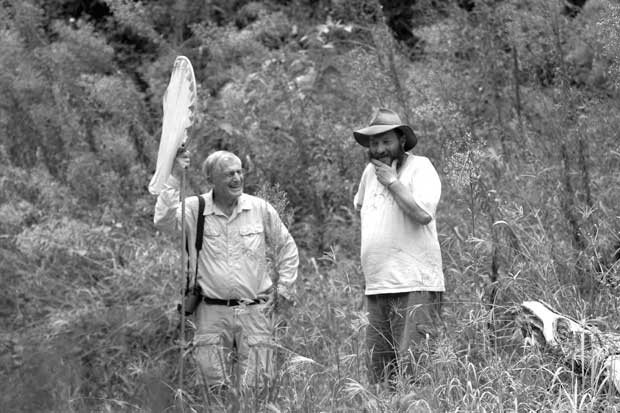
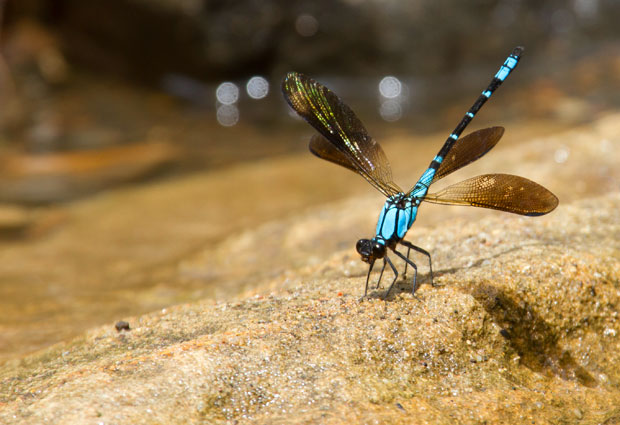
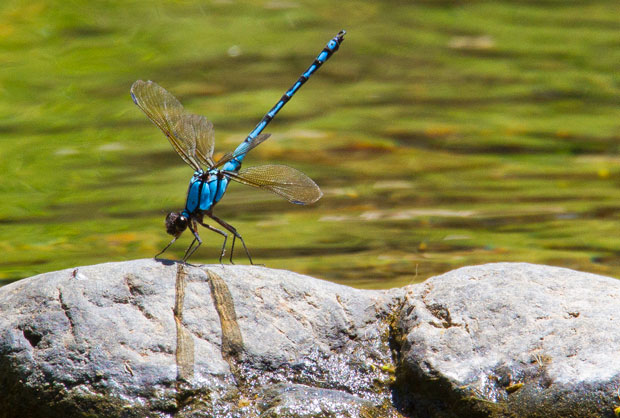
These images are absolutely spectacular! I particularly love the Sapphire Rockmaster.
Rob,
Great photos. The rockmasters Diphlebia spp. are certainly the "jewels-in-the-crown" of our local Odonata. Three species of these dazzling damselflies are found around Toowoomba although I haven't found the Whitewater Rockmaster, Diphlebia lestoides any closer to the city than along Dalrymple Creek at Goomburra. The Arrowhead Rockmaster, D. nymphoides is by far the most common local Diphlebia with recent records from Gowrie Junction, Spring Creek, Flagstone Creek, Murphys Creek and Stockyard Creek. The Sapphire Rockmaster D. coerulescens is fairly uncommon locally having been only recorded in Flagstone and Stockyard Creeks. Interestingly it is sympatric with nymphoides in this last creek.
Also, Judi FYI – your blind snake on your blog is Ramphotyphlops ligatus.
Regards,
Rod Hobson